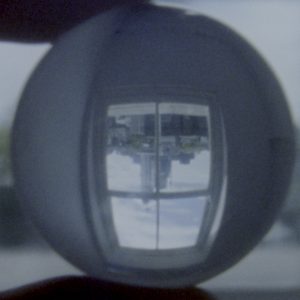
Suki Chan: Lucida & Lucida II
Exploring the curious and complex relationship between the human eye, the brain and vision.

Exploring the curious and complex relationship between the human eye, the brain and vision.

Exploring the curious and complex relationship between the human eye, the brain and vision.
Art archive
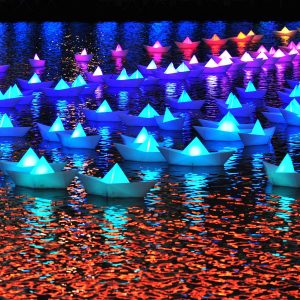
Nine artworks will be lighting up our dark winter nights at Salford Quays.

Featuring new work It’s What’s Inside That Counts for which the Art Collection is a commissioning partner.
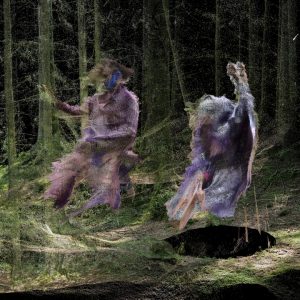
Performance-lecture
Where the City Can't See is the first fiction film shot entirely through laser scanning technology.
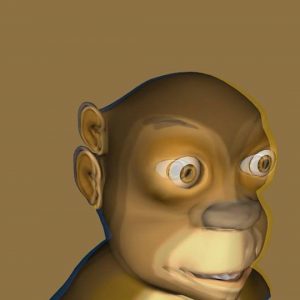
Performance-lecture An experimental live event by artist Shen Xin explorings the inclusiveness and exclusiveness of individual and collective understandings of 'origin'.
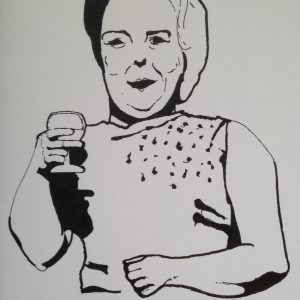
Exhibition exploring the juxtaposition between order and chaos.
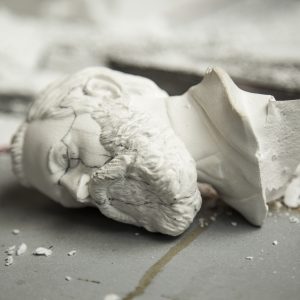
Major new public realm artwork is revealed.

Co-commissioned exhibition by The International 3 and the University of Salford.